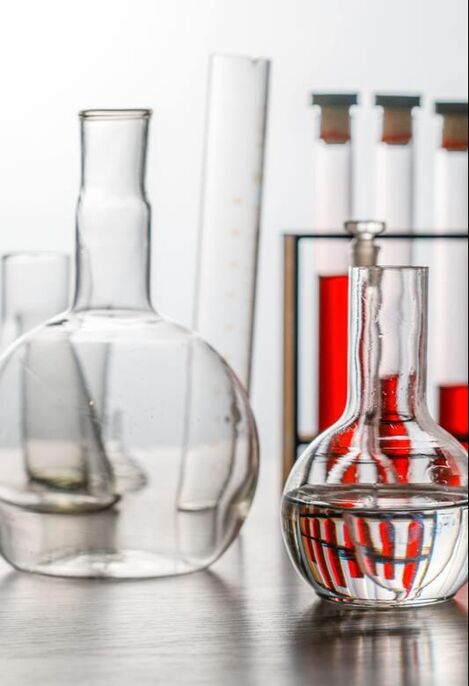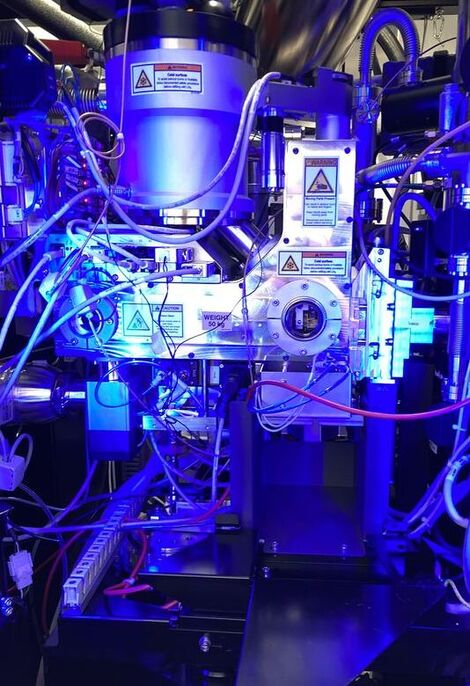Research
The Nelson Lab at Caltech is a multidisciplinary research group focused on developing next generation tools for organic chemistry. This goal is pursued through two primary research areas: organic synthesis and structural chemistry. In the chemical synthesis subgroup we are primarily focused on the development of new reactions and novel concepts in catalysis. Leveraging data science, computational chemistry, and physical organic tools, we fuel discovery through a reactivity-driven approach, where we are guided by mechanism and reactive intermediates. Click here for selected papers in this area. In the structural chemistry subgroup, we utilize transmission electron microscopes (TEMs) for the structural determination of molecules relevant to chemistry and biology. Our structural interests range from small molecule natural products to large protein assemblies and structured nucleic acids. We leverage both real-space imaging methods (SPA, STEM) and electron diffraction (MicroED) in these efforts. We are also interested in automation, ML-driven data reduction and reconstructions, new phasing methods and advanced refinement regimes. Click here for selected papers in this area.

